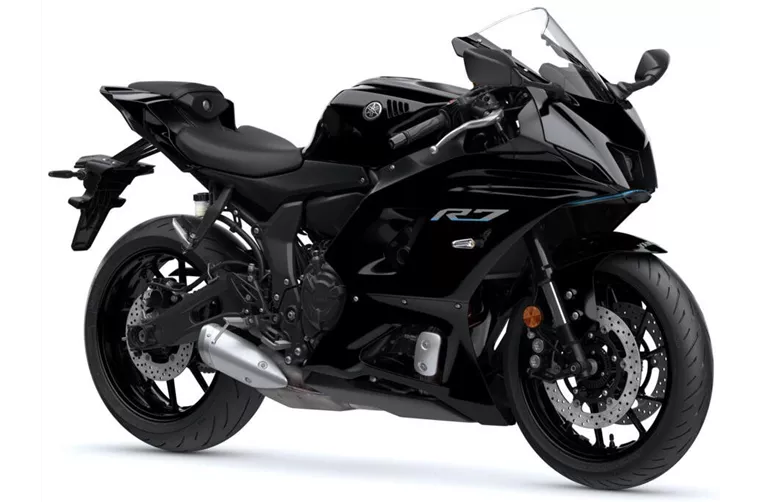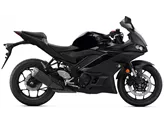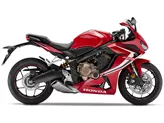Kawasaki Ninja 650 2017 vs. Yamaha R7 2022

Kawasaki Ninja 650 2017
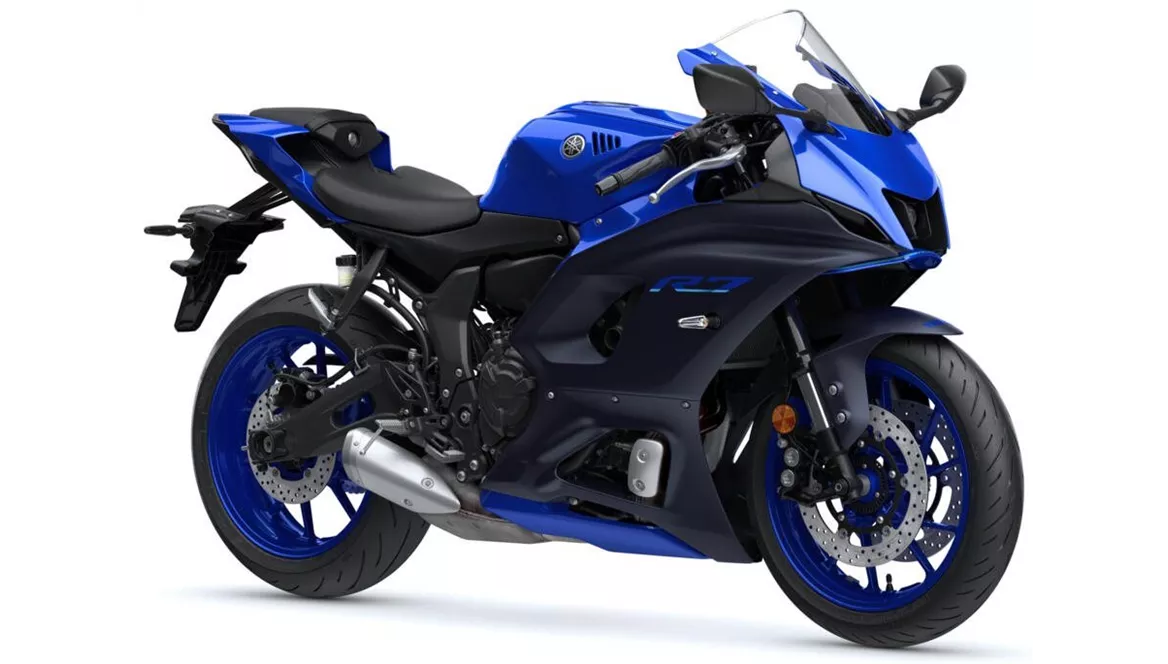
Yamaha R7 2022
Overview - Kawasaki Ninja 650 2017 vs Yamaha R7 2022
In terms of engine specifications, both the Kawasaki Ninja 650 2017 and the Yamaha R7 2022 have inline engines with 2 cylinders and 4 valves per cylinder. However, there are some differences in the bore, stroke, and displacement. The Ninja 650 has a bore of 83 mm, a stroke of 60 mm, and a displacement of 649 ccm, while the R7 has a bore of 80 mm, a stroke of 68.6 mm, and a displacement of 689 ccm.
When it comes to engine power, the R7 has a slight advantage with 73.4 HP compared to the Ninja 650's 68.2 HP. The torque figures are also similar, with the R7 producing 67 Nm and the Ninja 650 producing 65.7 Nm. The compression ratio is higher in the R7 at 11.5 compared to the Ninja 650's 10.8.
In terms of suspension, both bikes have a swing arm rear suspension with a monoshock. However, the Ninja 650 has a telescopic fork front suspension with a diameter of 41 mm, while the R7 has an upside-down telescopic fork with the same diameter.

Kawasaki Ninja 650 2017
Both bikes have a steel frame and similar rake angles, with the Ninja 650 having a rake of 65.5 degrees and the R7 having a rake of 66.3 degrees.
When it comes to brakes, both bikes have double disk front brakes. However, the R7 has radial technology for its front brakes, which can provide improved braking performance compared to the Ninja 650's petal brakes.
Both bikes come with ABS as part of their advanced rider assistance systems.
In terms of dimensions and weights, the Ninja 650 has a slightly wider rear tire at 160 mm compared to the R7's 180 mm. The wheelbase is also slightly longer in the Ninja 650 at 1410 mm compared to the R7's 1395 mm. The Ninja 650 is slightly heavier with a kerb weight of 193 kg compared to the R7's 188 kg. However, the R7 has a smaller fuel tank capacity at 13 liters compared to the Ninja 650's 15 liters.

Yamaha R7 2022
In terms of strengths, the Ninja 650 is praised for its transparent chassis for sport, playful and good-natured handling, excellent brakes, sharp looks reminiscent of the ZX-10R, and a resilient engine. On the other hand, the R7 is praised for its CP2 engine with punch from below and in the middle, front-wheel-oriented seating position, adjustable chassis, extremely manageable nature, and good brakes.
As for weaknesses, the Ninja 650 is noted for having little sound from the stock exhaust and slight vibrations from the engine. The R7, on the other hand, is mentioned to lack a TFT display.
Overall, both the Kawasaki Ninja 650 2017 and the Yamaha R7 2022 have their own strengths and weaknesses, and the choice between them would depend on individual preferences and priorities.
Technical Specifications Kawasaki Ninja 650 2017 compared to Yamaha R7 2022
Pros and Cons in comparison
Pros and Cons in comparison
Kawasaki Ninja 650 2017

The Ninja 650 firmly stamps its predecessor (Er-6f). The engine has mastered the Euro 4 hurdle well and serves up a very usable 68 hp, the chassis is simply great for this class, and the weight reduction of 18(!) kilos compared to the ER-6f justifies reverent nods.
Yamaha R7 2022
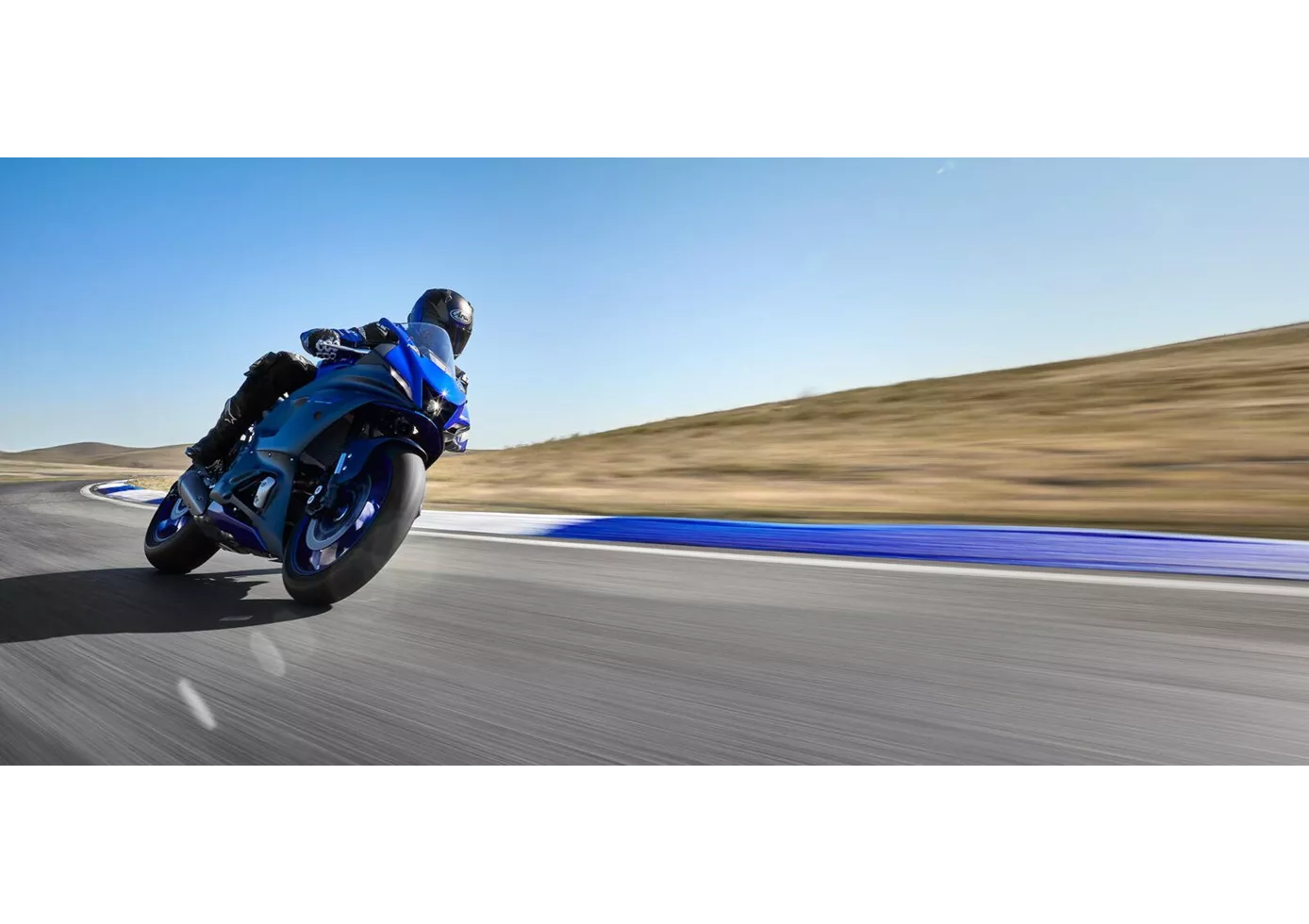
Those who expect the Yamaha R7 to be a half-hearted solution will be surprised at how well-balanced the little supersports bike is. Of course, the engine with just over 70 hp doesn't have what it takes to challenge the R6, for example, but the engine with its punch from below fits the character perfectly. The chassis components are of high quality, even fully adjustable at the front, and the handling of the slim grenade is absolutely awesome. The seating position is fine, not as radical as on a real super sports bike, and therefore suitable for everyday use.
Price Comparison Avarage Market Price Kawasaki Ninja 650 vs Yamaha R7
There are a few key differences between a Kawasaki Ninja 650 2017 and a Yamaha R7 2022. In terms of price, the actual average price of a Yamaha R7 2022 is about 45% higher. Compared to Yamaha R7 2022 there are less Kawasaki Ninja 650 2017 bikes available on the 1000PS.de Marketplace, specifically 7 compared to 44. It takes less time to sell a Yamaha R7 with 87 days compared to 96 days for the Kawasaki Ninja 650. Since model year 2017 1000PS.de editors have written 20 reviews for the Kawasaki Ninja 650 and 9 reviews for the Yamaha R7 since model year 2021. The first review for the Kawasaki Ninja 650 was published on 10/4/2016 and now has more than 79,600 views. This compares to more than 92,800 views for the first review on Yamaha R7 published on 5/18/2021.

